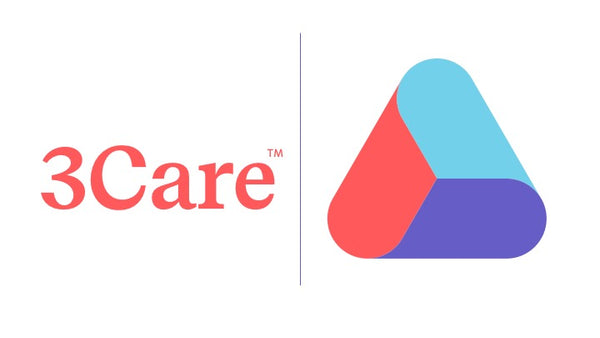It’s no secret, that as we age us males are in continual decline with our Testosterone (T) levels. By age 50, we can have 15-220 % lower T levels than we did at age 30. This is why we see the emergence of prescription medications that address low T.
Below is a chart that shows the level of normal T that a male would expect to have at different ages. According to the Mayo Clinic, testosterone levels are at their highest during adolescence and early adulthood, with the decline starting at age 30.

Interestingly, there is additional research that points to a decline that is more rapid then it has been in past generations; meaning there could be other factors at play. Either way; trying to support T levels is of great interest.
Options for Raising Testosterone
Beyond exercise and good nutrition men can turn to either the prescription medications and or towards supplements. With the former many have benefitted, but there are concerns about side effects; primarily heart attack, but also with possibly raising the risk of cancer to hormone-sensitive tissues (like the prostate).
Because of this risk, many will try the supplements approach. The problem is that most of the supplements reported to raise T, have only done so in in vitro models. This is an important distinction because, many of these substances have low bio-availabilities that are not exposed in these experimental models, but in fact do show up when done in human testing. Therefore, the list of natural substances that work in humans is very short.
One of the more promising nutrients on this short-list is D-aspartic acid.

The study showed that 3grams per day resulted in an increase of T of about 42% at day 12.
Effects of D-aspartate on LH and Testosterone Release in Human Serum
D-Aspartic acid has studies in vitro, in animals, and in humans to show that it works. Additionally, it raises T at al level that is within what we would call “safer.”(Again, when concerned with the risk to hormone-sensitive tissue.)
The Sweet Spot for a T Formulation
For us at 3Care we wanted to address low T for our practitioners, but to do it in a way that is both effective and safe. Here is the checklist we sought to satisfy
Raise T within levels that would get individuals over 40 back to normal levels. No excessive increases so as to not pose any danger to hormone-sensitive tissues
✓ D-aspartic acid raises T 42%; an amount within a fairly safe range.
Address deficiency
✓ Studies show that a significant number of people who have low T have low vitamin D levels
3. Provide healthy aging, nutritional support for Hormone-sensitive tissue
✓ Lycopene has shown to have great utility as the preferred antioxidant by the prostate in fighting free radicals.
The result of this approach is the creation of the new 3Care Therapeutics product TestoRight ™-hormone balance and healthy aging for men.
References

